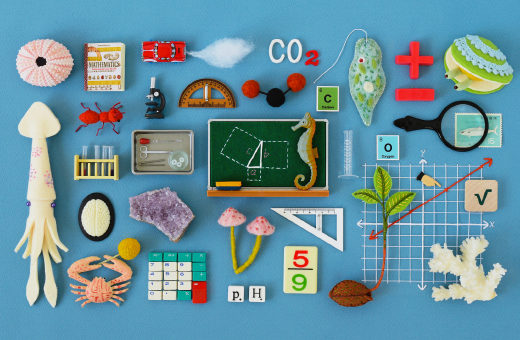Mathematics, an integral part of our educational system, has undergone a remarkable transformation in recent years. The traditional methods and techniques that once dominated the field have given way to a new era of mathematical thinking. This article explores the evolution of mathematics, highlighting the key differences between old and new approaches.
A Departure from Tradition: Embracing Innovation
Gone are the days when rote memorization and repetitive problem-solving were considered sufficient for mastering mathematics. The modern approach emphasizes conceptual understanding, critical thinking, and real-world applications. Students are encouraged to explore mathematical concepts through hands-on activities, collaborative learning environments, and technology integration.
Unlike its predecessor, which focused primarily on computation skills without providing context or relevance, the new math curriculum aims to equip students with essential problem-solving abilities applicable beyond the classroom walls. By emphasizing logical reasoning and analytical thinking skills alongside computational fluency, this paradigm shift seeks to prepare students for success in an increasingly complex world.
An Interdisciplinary Approach: Connecting Math with Other Subjects
In contrast to traditional math education that often isolated mathematical concepts from other disciplines, modern mathematics embraces interdisciplinary connections. Recognizing that math is not confined solely within its own realm but permeates various fields such as science, engineering, economics, and even art; educators now strive to integrate these subjects seamlessly into their teaching practices.
This holistic approach fosters a deeper appreciation for how mathematics can be applied across different domains while promoting cross-disciplinary collaboration among students. By exploring real-life problems that require mathematical analysis in conjunction with knowledge from other subjects like physics or biology; learners gain a more comprehensive understanding of both math itself and its practical implications.
The Role of Technology: Enhancing Mathematical Exploration
Another significant departure from the old math is the integration of technology as a powerful tool for mathematical exploration. Gone are the days when students solely relied on pencil and paper to solve equations or graph functions. Today, digital tools such as graphing calculators, computer software, and online resources provide students with dynamic visualizations and interactive simulations that facilitate deeper comprehension.
This technological revolution in mathematics education not only enhances engagement but also enables learners to experiment with complex concepts in a risk-free environment. Students can manipulate variables, observe patterns, and test hypotheses more efficiently than ever before. Moreover, these digital resources offer personalized learning experiences tailored to individual needs, ensuring that every student has access to appropriate challenges and support.
A New Era of Mathematical Literacy
In conclusion, the evolution of mathematics represents a shift towards a more comprehensive and relevant educational experience for students. By embracing innovation, interdisciplinary connections, and technology integration; educators aim to equip learners with essential skills needed in today’s rapidly changing world. The new math curriculum fosters critical thinking abilities while emphasizing practical applications across various disciplines – ultimately nurturing mathematical literacy that extends far beyond mere computation.

